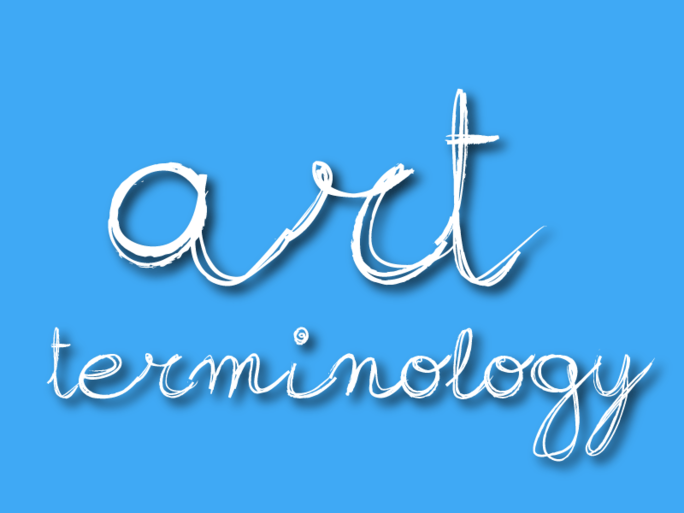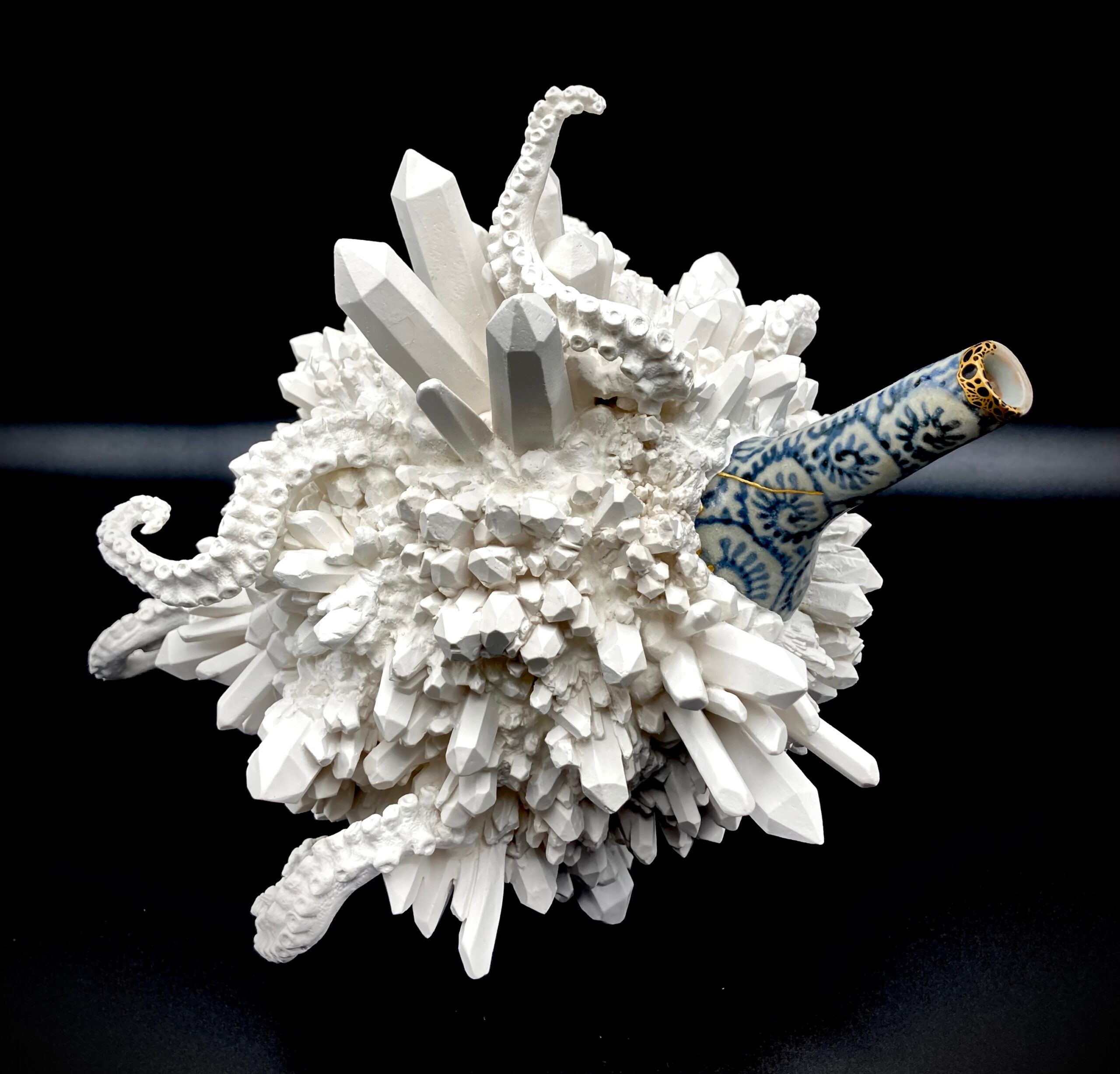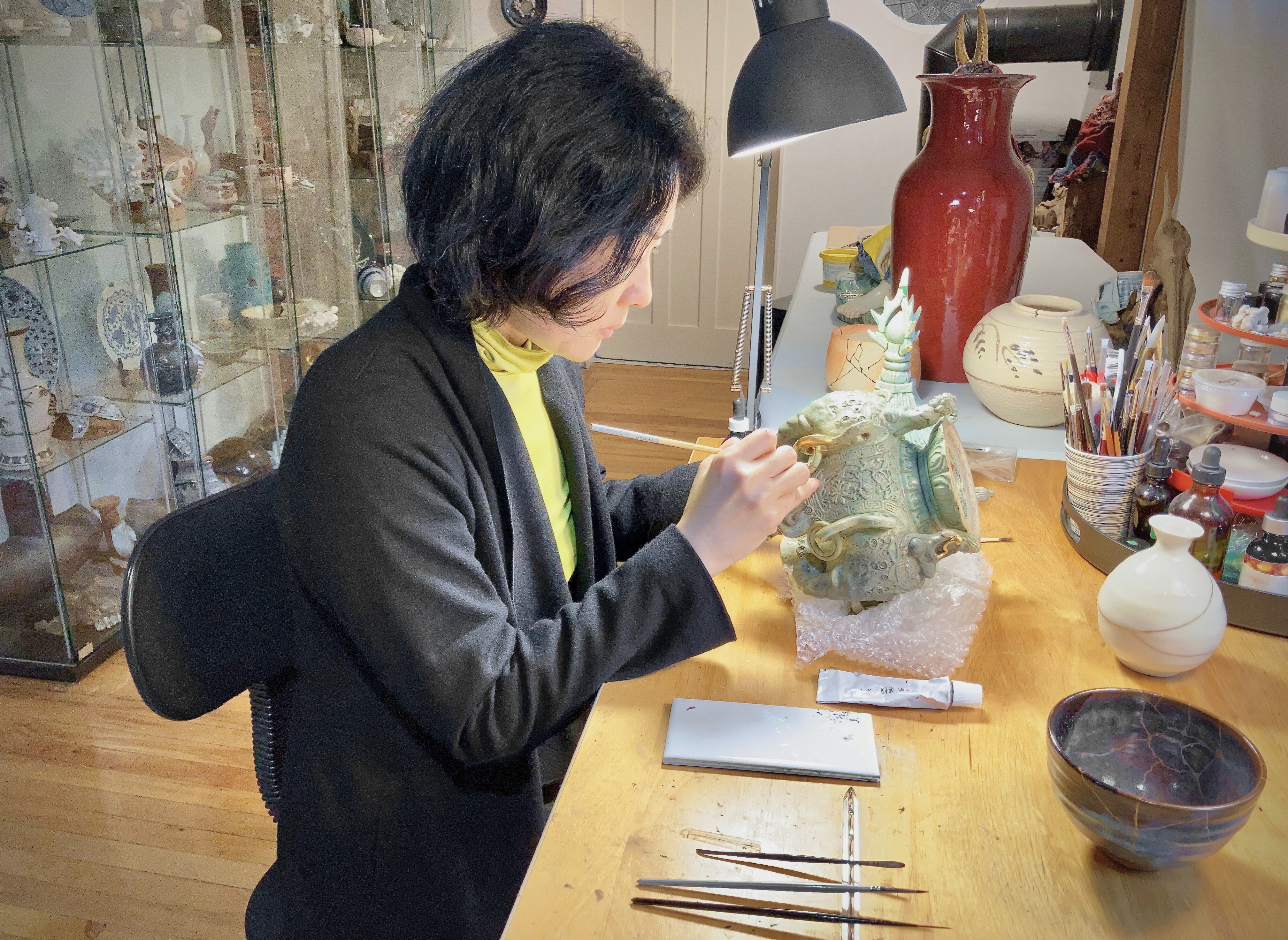Inspired by the exhibition Reverberations currently on display at the AGGV, our art glossary this quarter explores terminology found among the artworks in our galleries.
1. Artist Collective
Featured in Reverberations is the Vancouver-based artist collective known as N.E. Thing Co., active between 1967 and 1978.
An artist collective is an initiative resulting in a group of artists working together towards shared aims. These aims could be ideological, or practical to the needs of the artists, such as the sharing of studio space or materials. The collective could be working towards an exhibition where the works are made collaboratively or individually as part of a larger aesthetic.
N.E. Thing Co.’s North American Time Zone Photo-V.S.I. Simultaneity (1970) is a project that takes the form of a portfolio, complete with an accompanying time zone map pf North America, taking cues from organizational structures such as time, mapping, companies and categorization.

2. Fibre Art
Fibre art is a term that came into art historical use after World War II. Describing the work of artist-craftsmen, it describes fine art that uses natural or synthetic fibre and/or other materials in its creation. It also focuses on the material and the manual labour involved in the production process as a part of the significance of the work that is more about aesthetics than utility.
3. Frame Loom
A frame loom is a portable loom that usually has four sides. The warp is wrapped around the frame. The construction can be extremely simple or very complicated.
In the exhibition Reverberations, a simple four-sided frame loom has been constructed by fibre artist Estraven Lupino-Smith, inviting viewers to try their hand at weaving.
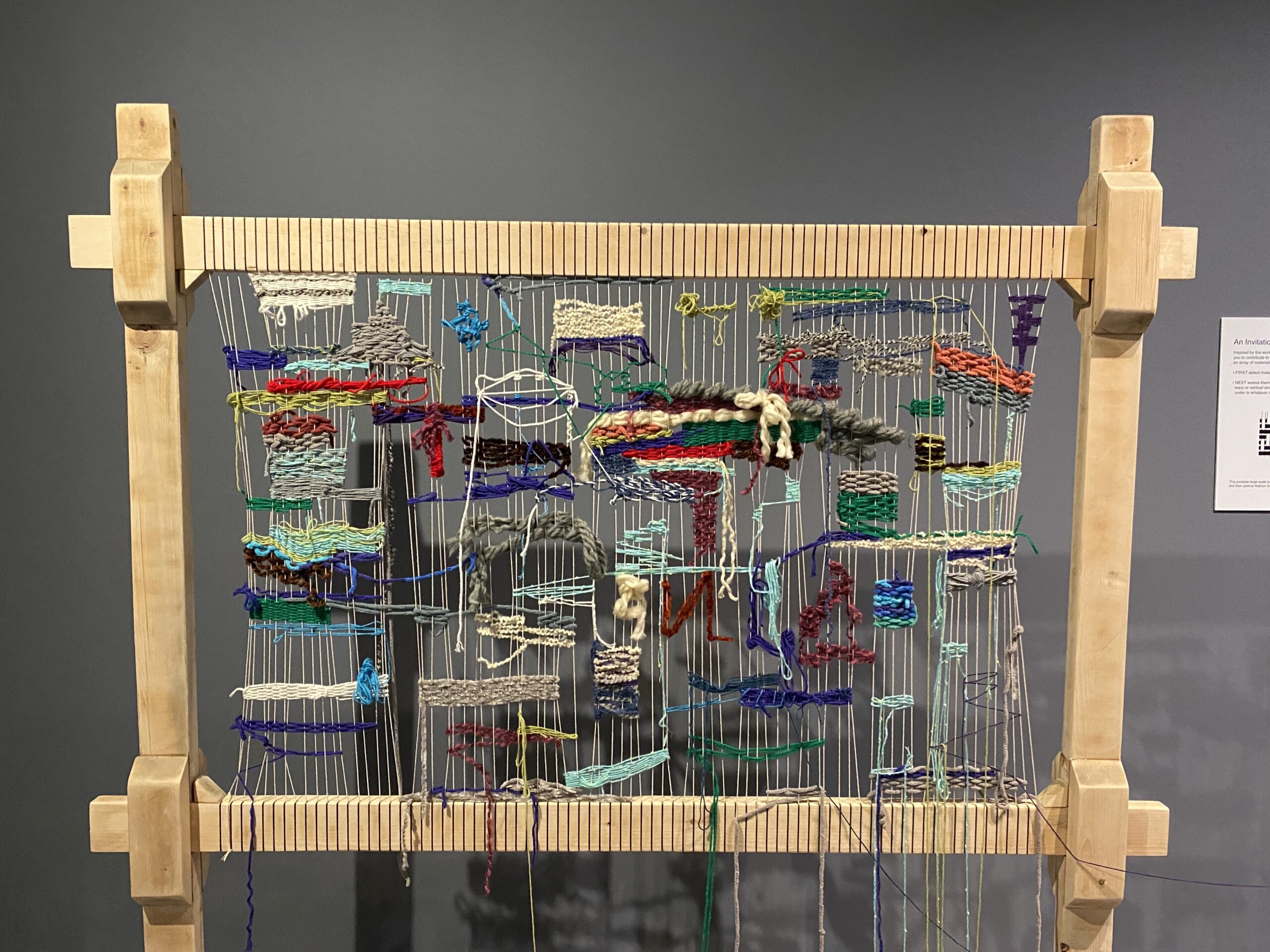
4. Found Object
From the French objet trouvé, found object art is a work made from materials not usually associated with high art because they already have a non-art function. Cubists Pablo Picasso and Georges Braque are thought to be among the first to use found objects in their artwork in the incorporation of newspaper, cane matting and wine bottle labels on their canvases. Marcel Duchamp coined the term “ready made” several years later, using everyday objects and designating them as art.
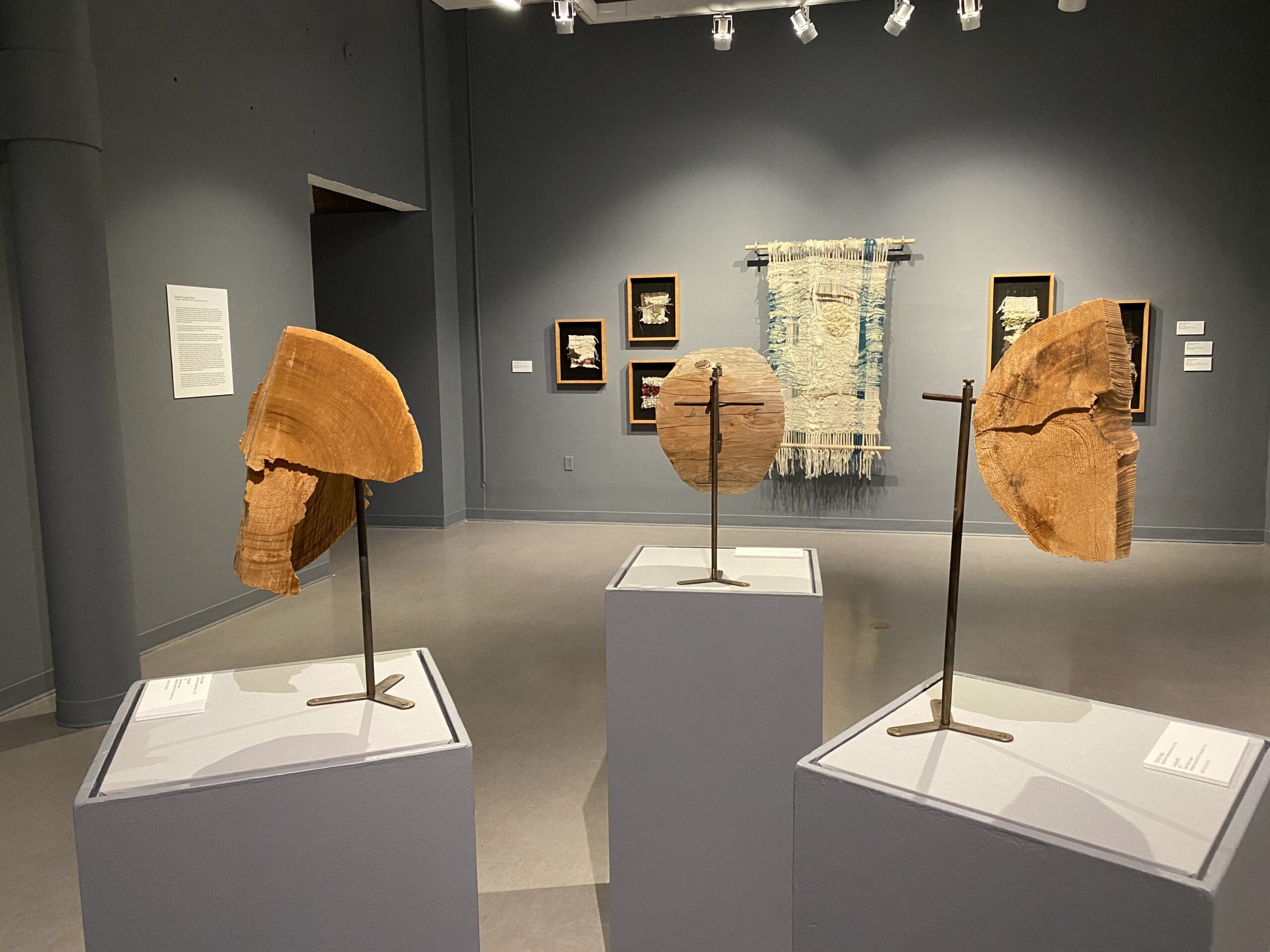
5. Interdisciplinary Art
Interdisciplinary art involves the combination of two or more types of art disciplines in a single artwork. Examples include visual art, performance art, music, conceptual art, digital art.
In the exhibition Reverberations, artist Estraven Lupino-Smith writes in her artist statement: “My interdisciplinary practice involves fibre, textiles, sound, and installation, and connects with a research and writing practice. I am interested in how people respond to the environment and their land base through material practices…”
6. Warp and Weft
Warp and weft are the two basic components for weaving yarn or thread into fabric. The warp yarns are wrapped lengthwise (top to bottom) around the frame or loom and thus, remain stationery with tension. The weft is drawn through and inserted over and under the warp.
